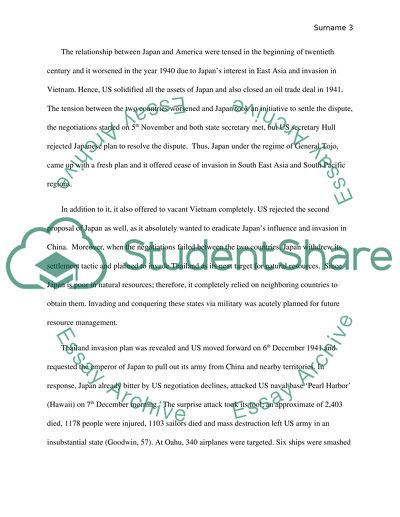Cite this document
(“Pearl Harbor: USA Enters WWS and Nuclear war in Japan Research Paper”, n.d.)
Pearl Harbor: USA Enters WWS and Nuclear war in Japan Research Paper. Retrieved from https://studentshare.org/history/1496122-pearl-harbor-usa-enters-wws-and-nuclear-war-in-japan
Pearl Harbor: USA Enters WWS and Nuclear war in Japan Research Paper. Retrieved from https://studentshare.org/history/1496122-pearl-harbor-usa-enters-wws-and-nuclear-war-in-japan
(Pearl Harbor: USA Enters WWS and Nuclear War in Japan Research Paper)
Pearl Harbor: USA Enters WWS and Nuclear War in Japan Research Paper. https://studentshare.org/history/1496122-pearl-harbor-usa-enters-wws-and-nuclear-war-in-japan.
Pearl Harbor: USA Enters WWS and Nuclear War in Japan Research Paper. https://studentshare.org/history/1496122-pearl-harbor-usa-enters-wws-and-nuclear-war-in-japan.
“Pearl Harbor: USA Enters WWS and Nuclear War in Japan Research Paper”, n.d. https://studentshare.org/history/1496122-pearl-harbor-usa-enters-wws-and-nuclear-war-in-japan.


